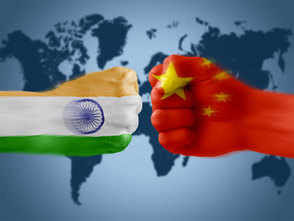Breakdown 01:- Understanding Sharad Pawar, The Controversial Modern Day Chanakya

Breakdown 01: The most adequate description of Sharad Pawar is that he is a human personification of maze , puzzle and controversies . In “ Breakdown 01” let us make an impossible attempt to understand Modern-day Chanakya, Sharad Pawar. Let me start in a lighter note. When we peel an onion, we see various layers of an onion. Similarly, when we try to understand Sharad Pawar we see various layers of him. Introduction :- Sharad Pawar is one of 11 children is to Govindrao Pawar a nd Sharadbai Pawar . Sharadbai herself was active in political activities and was elected thrice in-district local bodies between 1937 and 1952. Sharad Pawar married Pratibha Tai. They have a daughter named Supriya Sule. Supriya Sule is also a member of parliament and an active political leader. He is one of the few political leaders who are active in politics but at the same time spend a lot of family time. Supriya Sule once said in an interview that her dad never ever said no to her about a...


